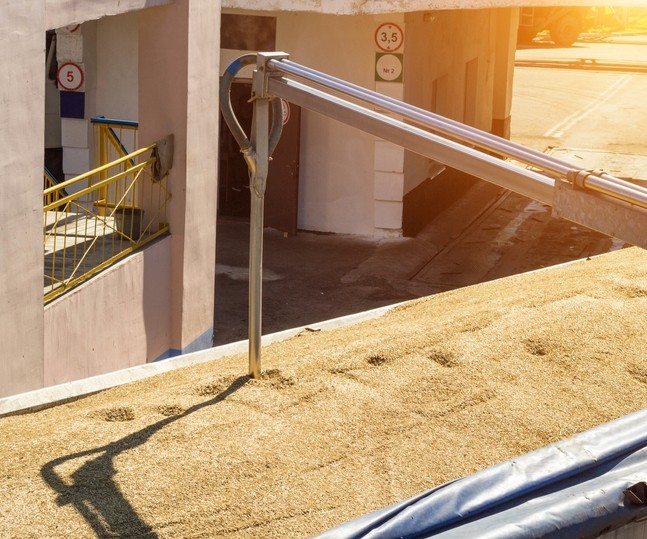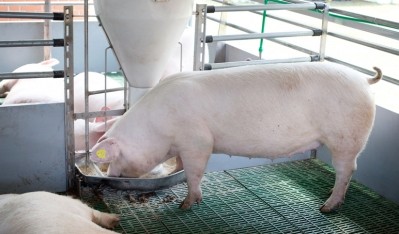special edition: reports from IPPE
NIR tech highlights changes in ingredient composition

We spoke to James Wen, technical services manager, animal nutrition, Evonik, at IPPE and heard more about the work the company has been doing to facilitate the use of near-infrared (NIR) technology in feed formulation and the areas where further development is needed.
There are still challenges for producers during the feed formulation process, especially when it comes to controlling for nutrient variation in feed ingredients, said Wen.
NIR technology
NIR technology uses infrared light to generate a pattern for each feed ingredient assessed.
“The problem comes from how they can gather accurate information about the nutrient composition of the feed ingredients, and then [being able to] utilize all the nutrients efficiently to achieve the animal growth potentials without wasting any nutrients in the feed,” he told us.
He said the feed industry needs to gauge changes in common ingredients such as corn, soybean meal and dried distiller’s grains with solubles (DDGS) when plant genetics shift, he said.
“What we observe is that the amino acid composition and proximate analysis change over time. One of the reasons behind that is the genetic improvement,” he said.
“The production origination is also a factor that can affect the nutrient composition, so in the Midwest or some other region, the amino acid profile of corn may be different [and] you need to pay attention to all the suppliers and their locations,” he said.
Also process control varies across feed manufacturing plants, so there is temperature variance, and temperature plays a role in in the nutrient composition, more importantly, it can affect the nutrient digestibility, added Wen.
To help producers address the alteration in feed ingredient composition, Evonik has established a series of services using NIR technology to monitor a spectrum of feed raw materials.
Using Evonik's NIR-generated data to regularly adjust feed formulations or reduce the “safety margin” in diets can provide cost savings of about $0.50 per ton, he said.
The company's nutrient assessment processes uses cloud-based technology and an established library of ingredient information to provide data on feed or ingredient samples in a few minutes once they have been scanned into the system, said Wen. However, one challenge that feed producers and users face is the lag between when information is available and when it can be used.
Disconnect between offer and application
Information on the nutrient profile in a feed or ingredient can be generated in minutes, but it can be more complicated to adjust a feed formulation on that basis, he said. “The time that people can spend [on such tasks] per day is limited – we need to align all this information and we need a lot of automatics for the industry.”
“That is a bottleneck – the technology still needs to improve to provide a solution without putting in a lot of man-hours.”
Real-time use of the information could see feed formulations updated daily, which is a more difficult process, he said. “Customers often scan it once a week and they use it for formulation for the next week,” he added.
“The manufacturing process is very complicated, and you need to have a lot of communication between the formulation, the formulator and the feed production plant – they need to know a lot of things in advance,” he said. “It’s not, 'I got the results today, so you can use it today' – it doesn’t work as smoothly as that.”
It could take a few more years to reach that point, he said. More integration is needed to streamline different parts of the process and provide information throughout it.













